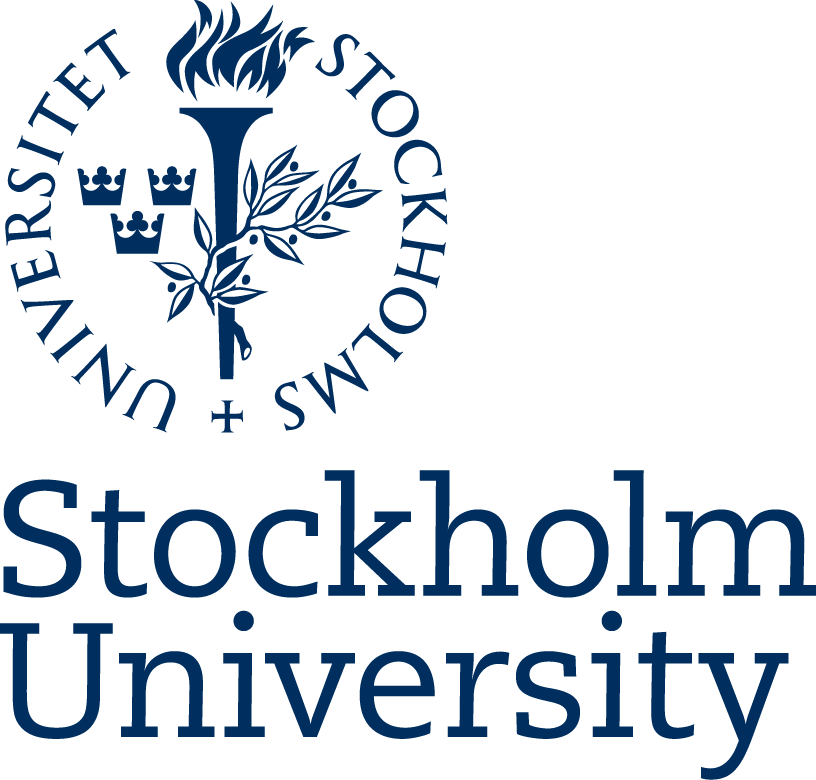Astrophysical magnetohydrodynamics, 7.5 ECTS
Second levelFacts
No available factsDescription
The course explores the dynamics of magnetised gases, also known as the theory of magnetohydrodynamics (MHD). Such magnetised flows are common in astrophysics, for example in the Sun and the solar wind, but also in accretion disks around stars and black holes and in the interstellar medium. It covers the basic equations of MHD, the different types of waves and instabilities which occur in such flows, turbulence and the dynamo effect in which magnetised flows amplify their magnetic fields. Applications of these concepts to the Sun and other astrophysical systems are also contained in the course.
Area of interests: Science and Mathematics
Science and mathematics help us understand how the world around us is connected – from the origin and structure of the universe, to the development and function of humanity and all other organisms on earth. Scientific knowledge makes it possible to critically examine the credibility of information in different areas of everyday life, society, and the media. As a scientist or mathematician, you will be attractive on a large job market that covers all parts of society and includes everything from pure technology companies to environment and healthcare, as well as research.
Subject
Astronomy
Since ancient times, celestial mysteries have fascinated mankind. In contrast to the earliest observers of the sky, contemporary astronomers have tools to observe more of the Universe than is visible to the naked eye. For example, only during the past few decades has it become possible to study the large scale structure and evolution of the Universe, as well as planetary systems around nearby stars. For the first time it is now possible to scientifically study and debate both the origin of the Universe and the possibility of extraterrestrial life.
All astronomy rests on a solid base of physics. Astronomical observations were an important part in the development which led to the birth of modern science almost four centuries ago. Contemporary astronomy again highlights this connection, as several of the most fundamental questions in physics can be answered through direct astronomical observations.
The Department of Astronomy offers courses at all levels. If you are interested on a general level, we give a number of overview courses in astronomy. These courses are given in Swedish, and do not require previous studies in mathematics or physics.
For students wishing to learn the physical foundation of astronomy, we offer a Bachelor’s program in Astronomy. During the three-year program you will study physics and mathematics, and their applications in astronomy.
For those who already have a Bachelor’s degree in astronomy/physics (or the equivalent) we offer a number of second level courses. They cover all major areas of astronomy, and are the main part of our Master’s program in Astronomy. The advanced courses are given in English, as is the Master’s program.
Astronomers work in many varying areas, including teaching, computing and image processing. The Master’s program also offers a good foundation for PhD studies.



